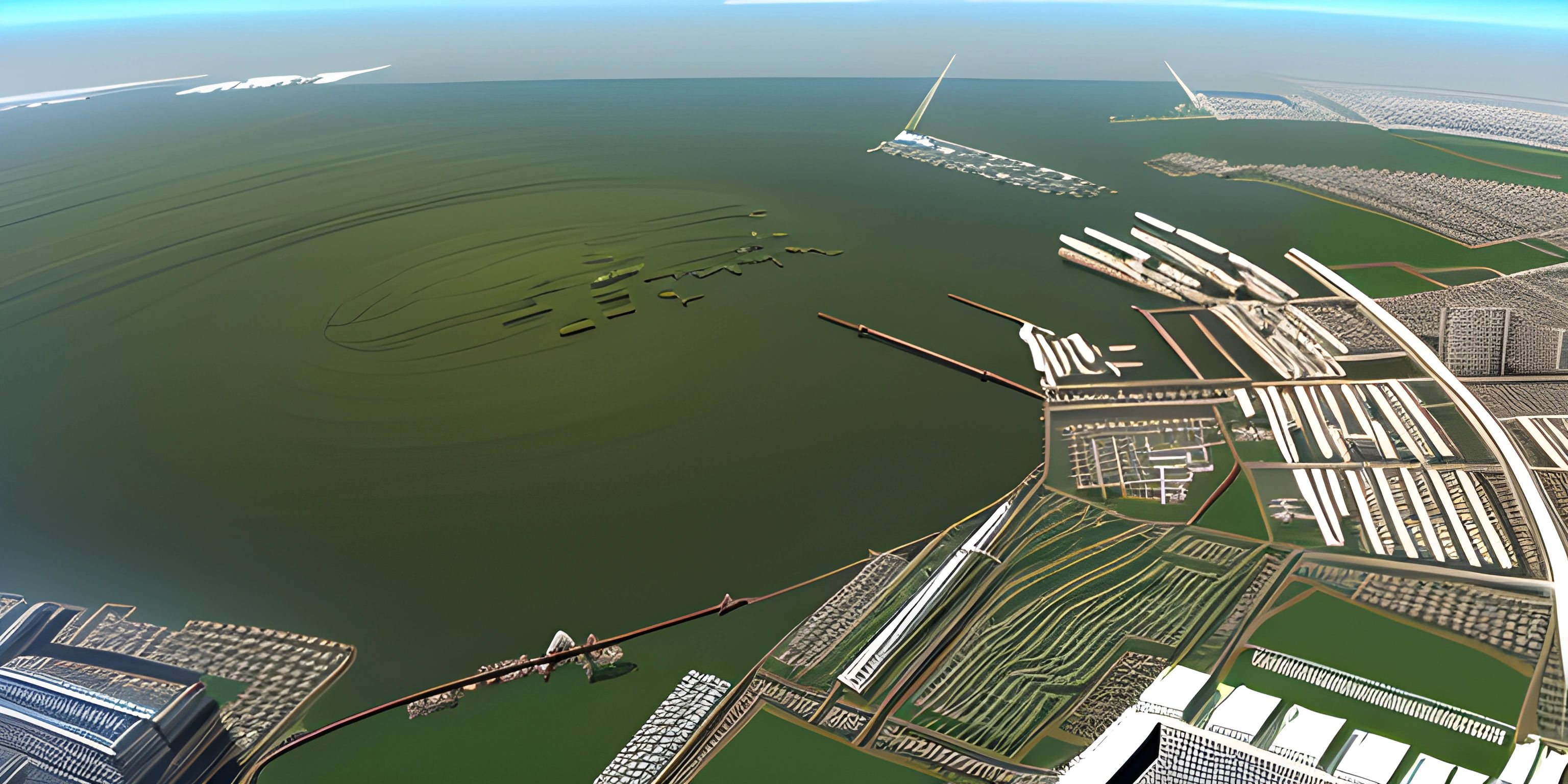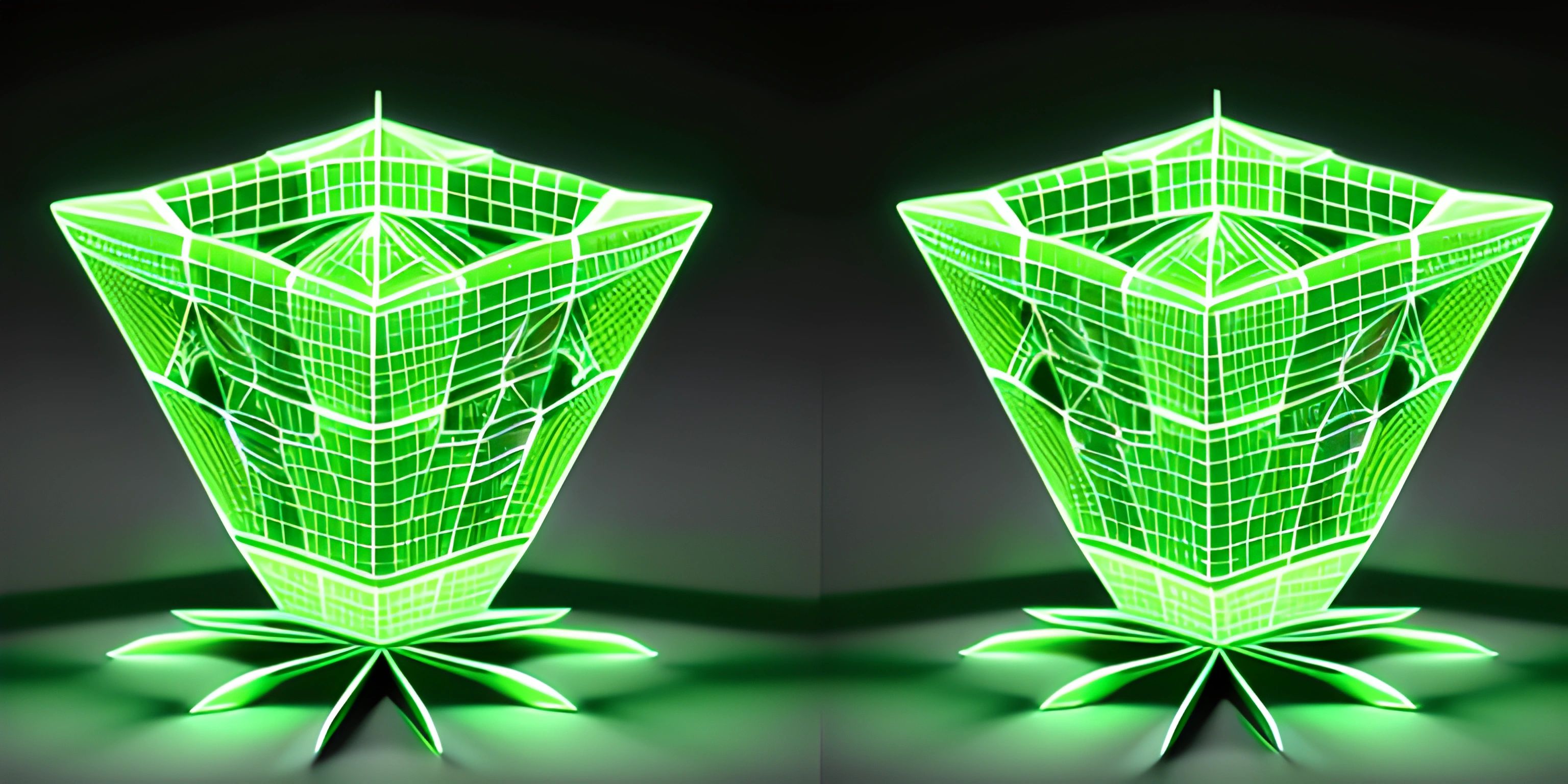Working with Geospatial Data Using MongoDB

Note: this page has been created with the use of AI. Please take caution, and note that the content of this page does not necessarily reflect the opinion of Cratecode.
Geospatial data is everywhere! From booking a cab on your favorite ride-hailing app to checking in at your local coffee shop on social media, geospatial data is being processed, analyzed, and put to work. And guess what? MongoDB, the popular NoSQL database, has robust support for handling such data.
Getting Spatial with MongoDB
MongoDB supports two types of geospatial data: legacy coordinate pairs and GeoJSON objects. GeoJSON is a format for encoding various geographic data structures. It's like the JSON you know and love, but with a geographic twist.
// GeoJSON example
{
"type": "Point",
"coordinates": [-73.97, 40.77]
}The beauty of MongoDB's geospatial features is that they allow us to perform complex spatial queries. Want to find all coffee shops within a certain radius of your current location? Easy peasy!
Spatial Indexing
But to perform these spatial queries efficiently, we need to create a spatial index. In MongoDB, the 2dsphere index supports queries that calculate geometries on an earth-like sphere. Let's dive into it a bit more.
2dsphere Indexes
Creating a 2dsphere index is simple. We just need to specify the field that contains the GeoJSON data.
db.collection.createIndex( { <location field> : "2dsphere" } )Now, we can efficiently perform spatial queries on our data like finding all points within a certain radius or finding the nearest point to a given location.
The Magic of Spatial Querying
With our data indexed and ready, it's time to perform some spatial querying! MongoDB provides operators like $near, $geoWithin and $geoIntersects which allow us to interact with our geospatial data in powerful ways.
Here is an example of using the $near operator to find all coffee shops near a given point.
db.collection.find({
location: {
$near: {
$geometry: {
type: "Point" ,
coordinates: [-73.97 , 40.77]
},
$maxDistance: 1000
}
}
})This will return all coffee shops within 1000 meters of the given point. Isn't it magical?
Hey there! Want to learn more? Cratecode is an online learning platform that lets you forge your own path. Click here to check out a lesson: Data Types (psst, it's free!).
FAQ
What types of geospatial data does MongoDB support?
MongoDB supports two types of geospatial data: legacy coordinate pairs and GeoJSON objects.
How can I perform efficient spatial querying in MongoDB?
To perform efficient spatial querying, we need to create a spatial index. In MongoDB, the 2dsphere index is used for this purpose.
What are some of the spatial query operators provided by MongoDB?
MongoDB provides several spatial query operators such as $near, $geoWithin, and $geoIntersects.
How do I create a 2dsphere index in MongoDB?
To create a 2dsphere index in MongoDB, use the createIndex function on the collection and specify the location field along with "2dsphere". For example: db.collection.createIndex( { <location field> : "2dsphere" } ).
What is GeoJSON?
GeoJSON is a format for encoding a variety of geographic data structures. A GeoJSON object may represent geometry, a feature, or a collection of features.





